Yuck! Grammar is not our favorite subject. At the end of the school year, it’s the last thing we want to see in a lesson. However, these errors could make or break your writing. We’ve all read books with errors and typos. Those can scream amateur and beginning writer.
I borrowed and modified seven examples from the Seekerville blog. The Seekerville Grammar Queen gives excellent advice for those troubling grammar issues we face during our quest for a best-selling novel. In fact, check out the site after reading these examples. You may find it enlightening.
Misplaced Modifiers
Adjectives and adverbs belong next to the word they modify.
Incorrect: Naomi almost read every book in the library.
Correct: Naomi read almost every book in the library.
Dangling Participles
A participle is a verb, usually in its ‘ing’ form, which is acting as an adjective. We usually find it beginning a phrase at the start of a sentence, because it modifies the subject of the sentence. But if the subject is missing or is somehow not the one the writer intended to describe, hilarity may ensue.
Incorrect: Rushing to meet the deadline, the rough draft was not well edited. (The rough draft was not rushing to meet the deadline; the writer was…but where is she?)
Correct: Rushing to meet the deadline, Lynn did not edit the rough draft well.
Proper comma placement
In a compound sentence (one where the two halves could each stand on their own as complete sentences), the comma comes BEFORE the conjunction (joining words such as and, or, but).
Incorrect: Melinda made it to the airport on time but, she forgot her ticket.
Correct: Melinda made it to the airport on time, but she forgot her ticket.
Restrictive/nonrestrictive elements
When we interrupt the thought of a sentence to give specific information such as a proper name, we set the restrictive element off with commas.
Incorrect: Michelle asked her friend Lynn for a ride.
Correct: Michelle asked her friend, Lynn, for a ride.
Comma Splices
When joining two complete thoughts, you may use a period to form two separate sentences or you may use a comma with a conjunction. On rare occasions, you might use a semicolon, but you cannot use a comma alone. This is called a “comma splice,” and it results in a run-on sentence.
Incorrect: Terri ate shrimp for lunch, she said it was excellent.
Correct: Terri ate shrimp for lunch. She said it was excellent.
Misused Apostrophes
Apostrophes take the place of dropped letters in a contraction (it’s for it is). Apostrophes are also used to show possession. There are some tricky exceptions, though, which must be memorized.
Incorrect: Shannon stroked the kitten behind it’s ear.
Correct: Shannon stroked the kitten behind its ear.
When and When Not to Spell Out Numbers
The rules vary widely, but numbers less that ten are almost always spelled. Check your style guide for the others.
Incorrect: There are 7 swans swimming in the pond.
Correct: There are seven swans swimming in the pond.
Exercise:
Check your work! 🙂
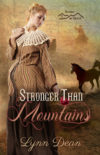
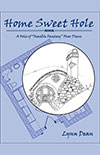
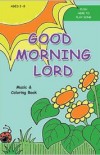

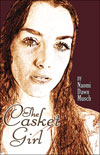
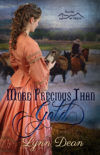
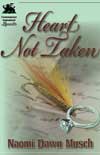
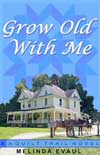
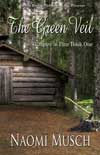

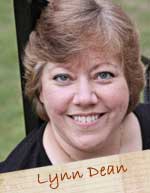


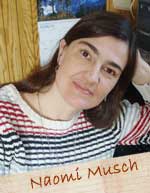


Speak Your Mind
You must be logged in to post a comment.